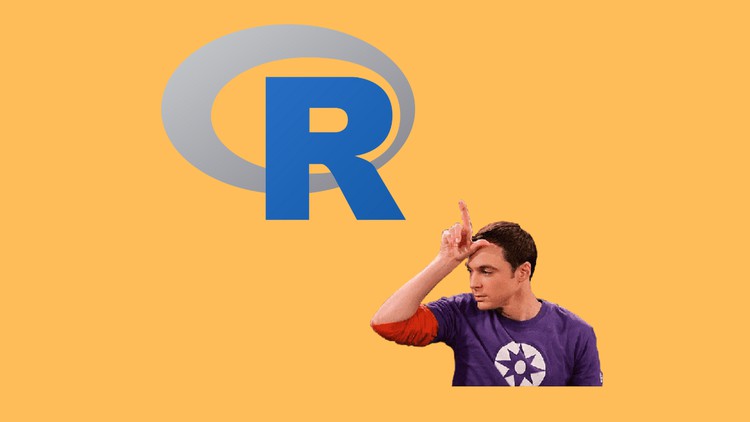
What you will learn
Use R for Data Science and Machine Learning
Provides the entire toolbox you need to become a NLP engineer
Learn how to pre-process data
Apply your skills to real-life business cases
Able to perform web scraping
Learn text mining
able to perform sentimental analysis on any text
Description
Caution before taking this course:
This course does not make you expert in R programming rather it will teach you concepts which will be more than enough to be used in machine learning and natural language processing models.
About the course:
In this practical, hands-on course you’ll learn how to program in R and how to use R for effective data analysis, visualization and how to make use of that data in a practical manner. You will learn how to install and configure software necessary for a statistical programming environment and describe generic programming language concepts as they are implemented in a high-level statistical language.
Our main objective is to give you the education not just to understand the ins and outs of the R programming language, but also to learn exactly how to become a professional Data Scientist with R and land your first job.
This course covers following topics:
1. R programming concepts: variables, data structures: vector, matrix, list, data frames/ loops/ functions/ dplyr package/ apply() functions
2. Web scraping: How to scrape titles, link and store to the data structures
3. NLP technologies: Bag of Word model, Term Frequency model, Inverse Document Frequency model
4. Sentimental Analysis: Bing and NRC lexicon
5. Text mining
By the end of the course you’ll be in a journey to become Data Scientist with R and confidently apply for jobs and feel good knowing that you have the skills and knowledge to back it up.